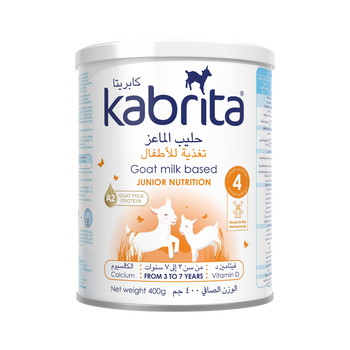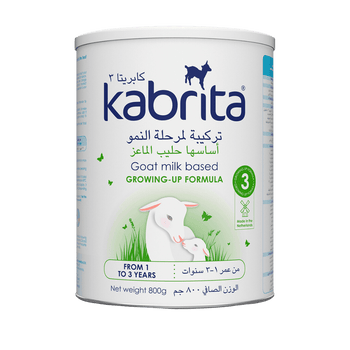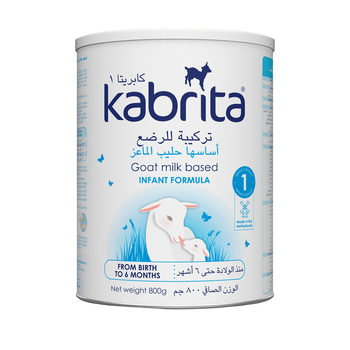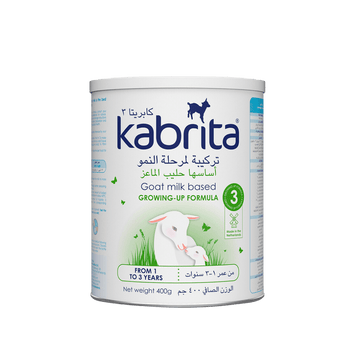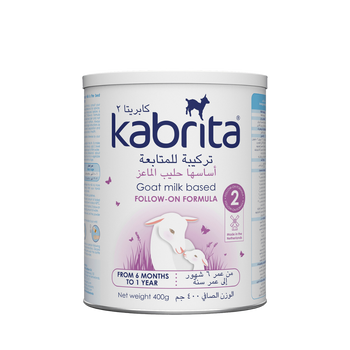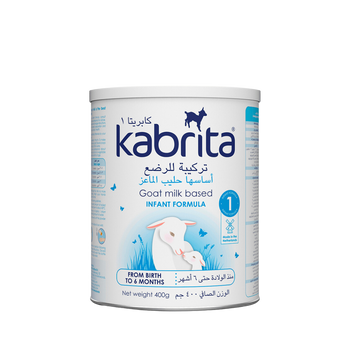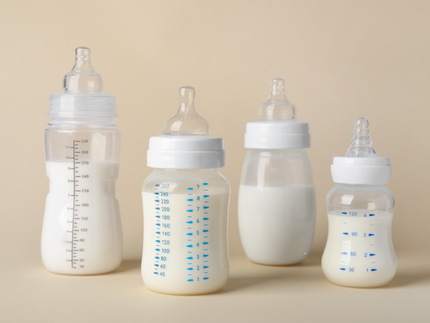Switching to Formula Feeding

When should I switch to formula feeding?
It's entirely up to you as a mother to know what's best for your baby and if that means you want to switch to formula feeding after 6, 7, 8 or even 12 months, that's your decision. There is no perfect time to make the switch to breastfeeding, so you can do it whenever you feel ready. And remember, you don't have to convert all at once, you can do it gradually over time.
How do I start formula feeding?
There is no one right way to start with formula feeding. Some children will go along with whatever method the mother finds appropriate, and if they are hungry, they will take what you give them. Other babies may refuse the bottle the first few times when offered.
Therefore, it is recommended to make the transition gradually. Don't switch completely at once, but start feeding your baby one steady feed a day. If your baby accepts this feeding and gets used to it (eg after a week), you can add a second feeding and so on. This will allow your baby to get used to this new way of feeding and will also allow your body to adjust and reduce your milk supply gradually.
Will I notice changes after switching to formula feeding?
While switching to formula feeding, you may notice that your baby begins to refuse the breast and prefers the bottle instead. This is a result of the bottle's quick delivery system which is preferred by some fussy eaters.
You may also notice that your baby can hold onto a bottle of formula for a little longer. This is because babies do not digest formula as quickly as they do natural breast milk, and they are likely to feel full and satisfied for a longer period of time.
Switching from breast milk to formula can also affect the color, frequency, and consistency of your baby's stools. Compared to when your baby was on breast milk only, the stools are likely to become firmer, have a stronger smell, be brown in color, and may be less frequent. This is completely normal and nothing to worry about.
However, you should speak to your pediatrician if your baby has trouble passing stools or if his vomit or stools have blood in them after introducing formula (this could be a sign of some kind of allergy).
Tips and tricks
It is very common for babies to refuse formula at first, so don't worry if this happens. Allow your baby to get used to this new way of feeding and accept that it may take several times for your baby to drink formula from a bottle. Here are some tips and tricks that may help make the process easier
- Start when your baby is really hungry: You can also try giving the bottle when your baby is hungry instead of bottle feeding when he is suckling for convenience such as feeding.
- Invite the baby's father to offer the first few bottles: This is because your baby is used to feeding from your breast instead of a bottle. To make the transition to bottle-feeding smoother, your husband or another family member can offer the first few bottles. This will prevent your scent from distracting your baby from bottle feeding.
- Mix the formula with the pumped breast milk: If your baby refuses the formula, you can try mixing it with some of the breast milk you are pumping. This will create a more familiar smell and taste and may help your baby accept this new formula.
